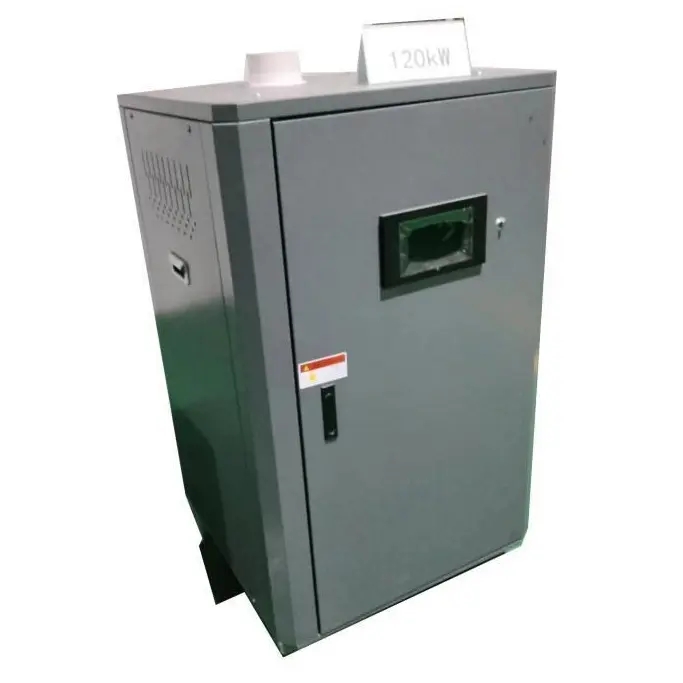Nov . 21, 2024 00:48 Back to list
packaged heat exchanger
Understanding Packaged Heat Exchangers Efficiency and Versatility
In the realm of thermal energy management, heat exchangers play a pivotal role in enhancing efficiency across various industrial processes. Among the various types of heat exchangers, packaged heat exchangers have emerged as a popular solution due to their compact design, ease of installation, and versatility. This article delves into the functionality, advantages, and applications of packaged heat exchangers, making it crucial for anyone involved in HVAC (Heating, Ventilation, and Air Conditioning), industrial processes, or renewable energy systems to understand their importance.
What is a Packaged Heat Exchanger?
A packaged heat exchanger is a self-contained unit designed to transfer heat between two or more fluids without mixing them. These units are typically pre-assembled and pre-configured at the manufacturer's facility, allowing for quick installation in the field. This packaging not only streamlines the installation process but also reduces the need for extensive piping and assembly work on-site, making them an attractive choice for many applications.
How Do Packaged Heat Exchangers Work?
The fundamental principle behind heat exchangers is based on thermodynamics. When two fluids at different temperatures come into contact with one another—through a heat exchanger—the heat naturally flows from the hotter fluid to the cooler fluid, thus creating a thermal balance. Packaged heat exchangers are equipped with a series of plates, tubes, or coils that maximize the surface area available for heat transfer while minimizing resistance to fluid flow.
The most common types of packaged heat exchangers include
1. Shell and Tube Heat Exchangers Comprising a series of tubes, one set of fluids flows through the tubes while another flows around them within a shell. 2. Plate Heat Exchangers Made up of numerous thin plates stacked together, allowing for efficient heating or cooling by creating multiple flow channels.
3. Air-Cooled Heat Exchangers Utilized primarily in outdoor settings, these exchangers use ambient air to cool the working fluid without the need for water.
Advantages of Packaged Heat Exchangers
1. Space-Saving Design The compact nature of packaged heat exchangers makes them suitable for space-constrained environments. Whether it's a manufacturing facility, a commercial building, or even a residential layout, these units can fit into tight spaces with ease.
2. Cost-Effectiveness With reduced onsite labor and installation times, packaged heat exchangers can lower overall project costs. Furthermore, their energy efficiency leads to substantial long-term savings on utility bills.
packaged heat exchanger

3. Enhanced Energy Efficiency By utilizing advanced designs that maximize heat transfer, packaged heat exchangers can significantly reduce energy consumption. This is particularly beneficial in applications such as district heating, where it is crucial to minimize heat losses.
4. Reduced Environmental Impact As energy-efficient devices, packaged heat exchangers contribute to lower greenhouse gas emissions. Their ability to utilize waste heat can further enhance resource use, making them a sustainable choice for many industries.
5. Versatility From HVAC systems to power generation, chemical processing, and food production, packaged heat exchangers are adaptable to a wide array of applications. Their configurations can be tailored to meet specific operational requirements, thus broadening their scope across different sectors.
Applications in Various Industries
Packaged heat exchangers emerge as indispensable components in numerous industries
- HVAC Commonly used in climate control systems, they ensure comfortable indoor temperatures in residential, commercial, and industrial settings.
- Food and Beverage In this industry, heat exchangers facilitate pasteurization, sterilization, and reheating processes.
- Oil and Gas They are utilized in refining processes to recover heat from exhaust gases, thereby improving overall efficiency.
- Renewable Energy Packaged heat exchangers are crucial in geothermal and solar thermal applications, where they help harness and distribute energy.
Conclusion
The continuous demand for efficiency and sustainability in modern industries makes packaged heat exchangers an indispensable technology. Their ability to enhance energy efficiency while offering versatility across multiple applications underscores their importance in both current and future thermal management solutions. With growing awareness around energy conservation, packaged heat exchangers are set to remain at the forefront of innovation in heat transfer technology, playing a crucial role in the global shift towards more sustainable energy practices. Understanding these systems' functionalities and advantages is essential for professionals seeking to optimize warmth and energy efficiency in their operations.
-
Durable Cast Steel Concrete Pipe Mold Bottom Rings & Base Trays
NewsAug.23,2025
-
Centrifugally Cast Iron Water Main Pipe for Reliable Mains
NewsAug.22,2025
-
Durable Centrifugally Cast Iron Water Main Pipe
NewsAug.11,2025
-
Centrifugally Cast Iron Water Main Pipes for Reliability
NewsAug.10,2025
-
High-Quality Centrifugally Cast Iron Water Main Pipes
NewsAug.09,2025
-
Durable Cast Iron Water Main Pipe & Drainage Solutions
NewsAug.08,2025


